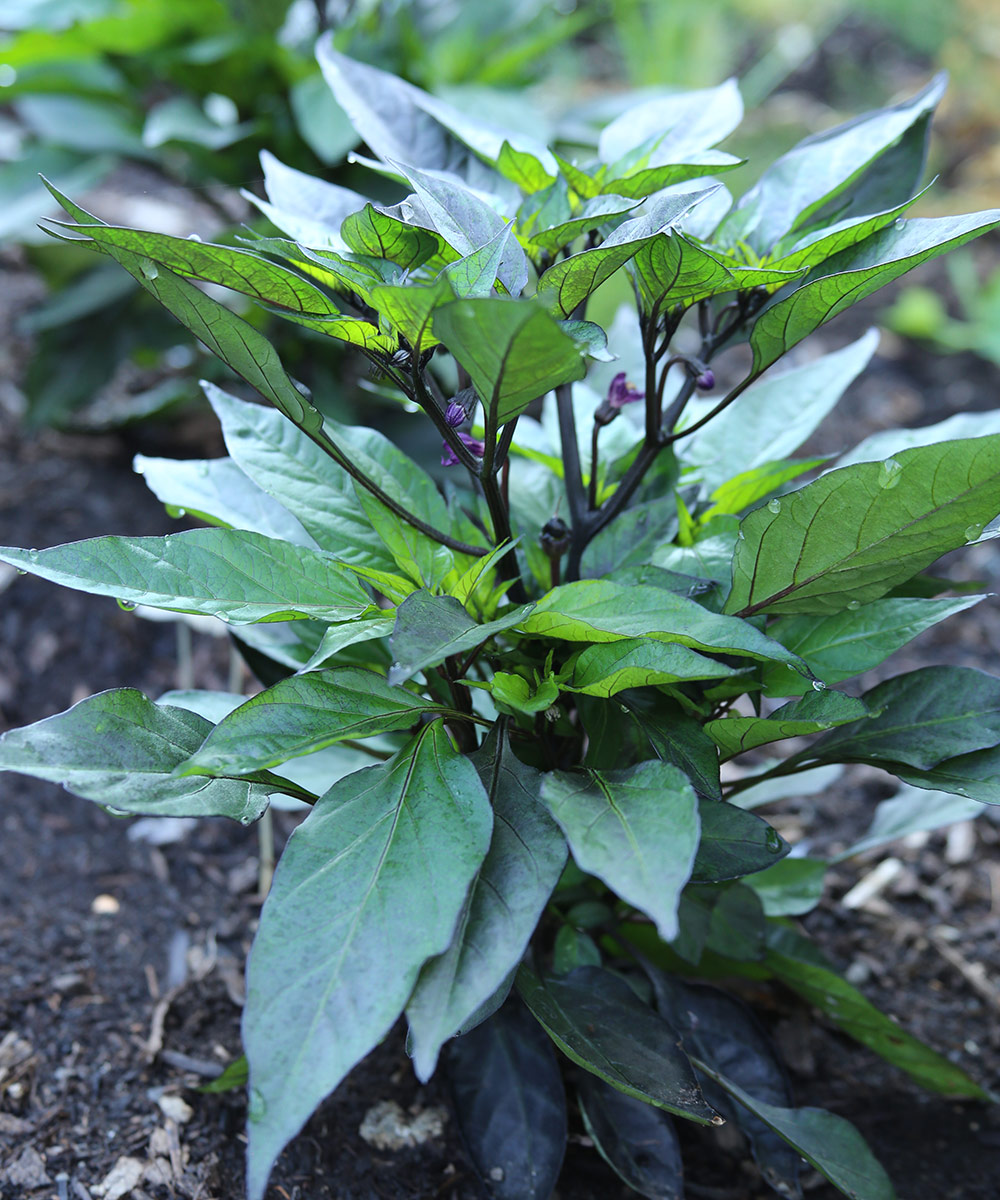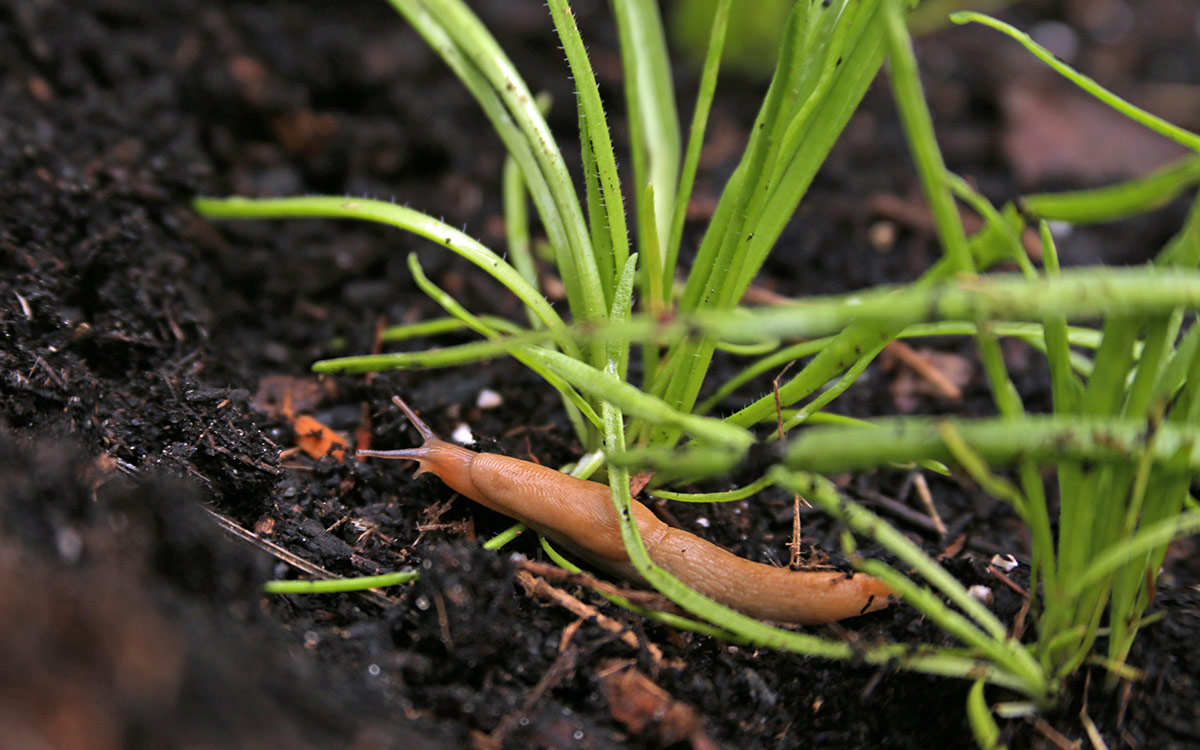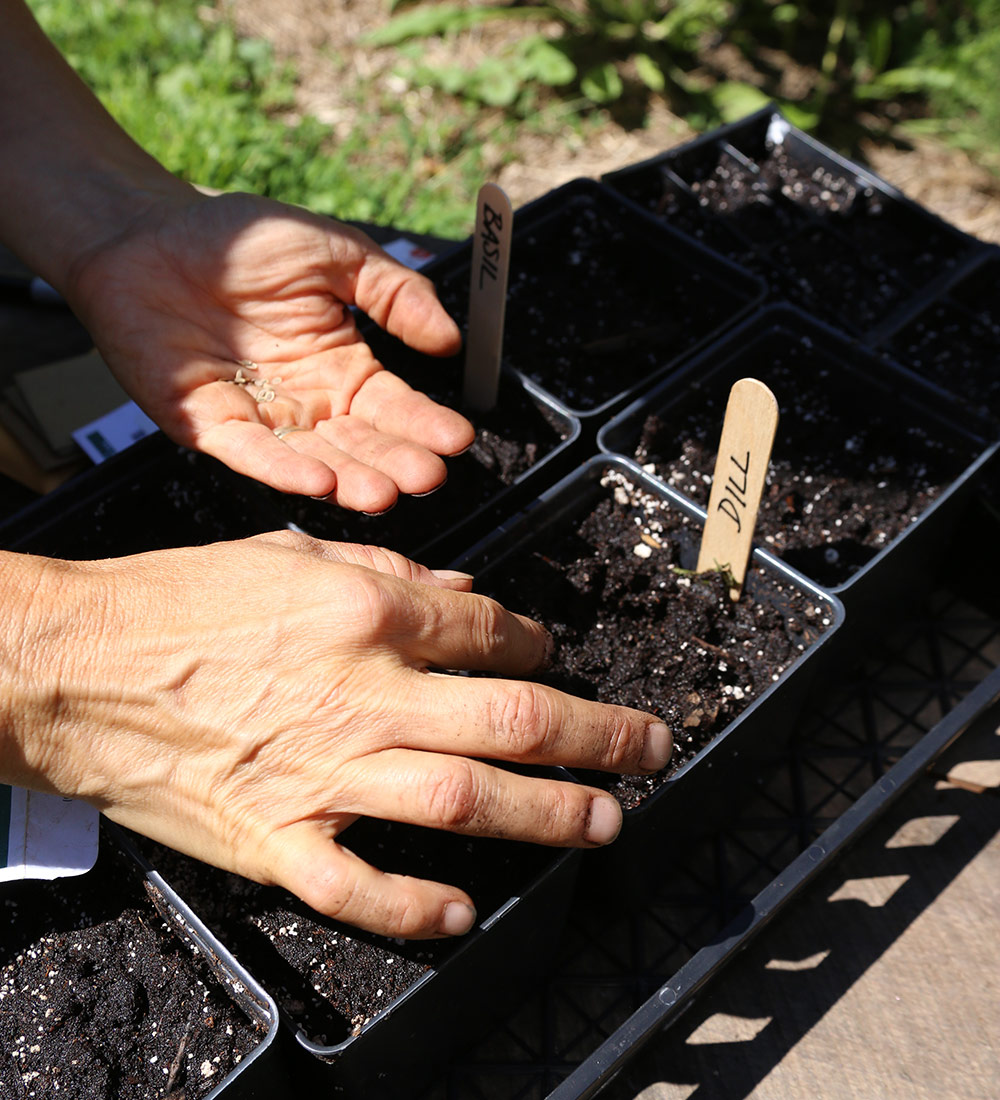The first memory of my vegetable garden is a large sunflower (Sun Flower When I was about five years old, my mother worked hard to support our growing family. A healthy and productive garden requires attention. In the middle of summer, you’ll have to keep an eye on your plants to make sure they’ll survive the Midwestern heat, unpredictable rains, and a host of pests. To keep your edible plants healthy and productive, here are some maintenance tips you should add to your summer garden to-do list.
Vegetable seedlings should be watered 1 to 2 inches weekly.
Providing a uniform amount of soil moisture for vegetable plants is an important factor for plant success. Summers in the Midwest can be very hot and dry. Tomatoes and peppers are especially prone to problems if they don’t have enough water. End rot is common in both plants if rain or irrigation does not provide an inch or two of water each week. Strong soaking (rather than a few light waterings) is best to encourage the plant to establish a deep root structure. Soil moisture can also be regulated by establishing and maintaining a layer of mulch (preferably organic) at least 2 inches deep. It also helps suppress weeds. Reapply mulch as needed to keep the soil covered.

Keeps foliage healthy and minimizes pest and disease problems.
Insects and diseases are more likely to occur during the summer heat. Plants are more susceptible to these problems because they are stressed by the hot summer environment. Observe carefully. Tomatoes, peppers, and other soft-skinned vegetables can get sunburned if shaded areas of the fruit are suddenly exposed to sunlight. Keep your leaves healthy to prevent this from happening. Prune leaves and stems selectively to improve air circulation and avoid overhead watering. Crowded, damp foliage provides the perfect conditions for problems to develop.
Powdery mildew usually causes an ugly disease in June-July as a result of damp weather and poor air circulation. Where control is deemed necessary, copper-based fungicides are effective organic controls. Remove diseased leaf debris and continue to avoid overhead watering. Some plant types are more susceptible than others, so don’t be surprised if powdery mildew occurs in irregular patterns.

Be careful when controlling problem aphids, caterpillars, slugs and snails
Aphids are a frequent problem for stressed plants. If you notice a low number early on, you can remove them from your plants with a powerful spray of water from your garden hose. However, if a large infestation is present, you should consider getting rid of the aphids with neem oil or insecticidal soap. Always follow label directions and apply only in cold, cloudy days or in the evening.
For some vegetable plants, worms and caterpillars can cause difficulties. Be sure to identify the problem worms and caterpillars before taking steps to eradicate them. You don’t want to harm the larvae of beneficial insects. Bt (Bacillus thuringiensis) are optional. It is a common soil-borne bacterium and a common organic pesticide that is toxic only to insects and caterpillars (harmless to humans and animals). If using this method, be careful to avoid overspray and keep it away from monarch butterflies and other endangered host plants. Even when using natural pest control agents, they must be applied carefully to avoid harming beneficial insects.
Slugs and snails are frequent problems for strawberries and other large leafy plants. Beer traps have been proven effective against slugs and diatomaceous earth (DE), a non-toxic organic repellent, and can of course be picked and disposed of as is.

Sow additional seeds in July for fall harvest
After the first planting has been harvested, it’s time to start a second crop for the fall harvest. July is the best time to sow fall crops such as radishes, green beans, peas, carrots, beets, leeks, lettuce, bok choy, kale, and cabbage. You can add more spinach when the weather cools down (it’s a bit too hot to start in July). It is a good idea to keep a notebook to record the performance of the vegetable varieties you grow each year and their location in your garden. Rotating crop locations is important, but you can’t always rely on memory when spring returns.
Grow your own garden with homemade compost
If you don’t have a compost bin, now is a great time to start making nutritious compost for your vegetable garden. There are several options for how to make compost. The easiest way, if you have a reasonably sized garden, is to buy a ready-made compost bin unit, preferably a tumbler type. The easy-to-rotate, dual-chamber unit takes up minimal space and takes up the least amount of time to process plant debris-to-compost. Alternatively, you can use a rake or shovel to create a compost pile that requires a little more muscle to turn by hand. Rotate your composter or pile regularly (at least once a week), add organic matter regularly, and keep the contents moist to keep your composter or pile functioning optimally.
Midsummer is a busy time for gardening. Choosing and enjoying what we can eat, tending to what is yet to come, and sowing seeds for the next harvest keep us busy in no small part. May you find joy in your garden, no matter how big or small.
—Marti Neely of FAPLD owns and operates Marti Neely Design and Associates in Omaha, Nebraska.



